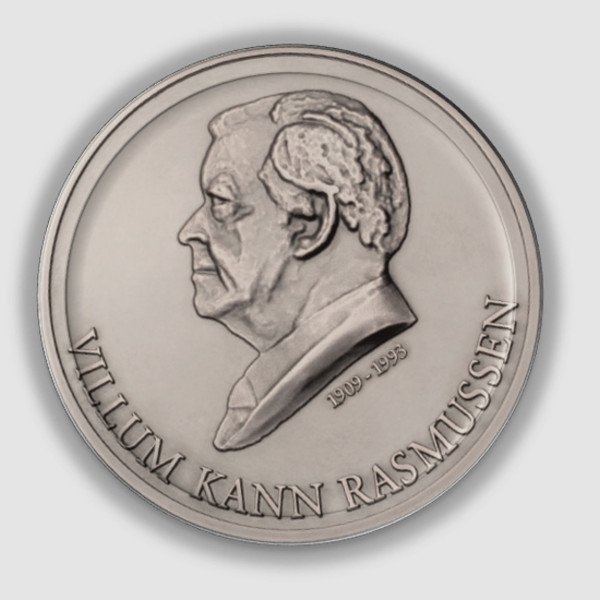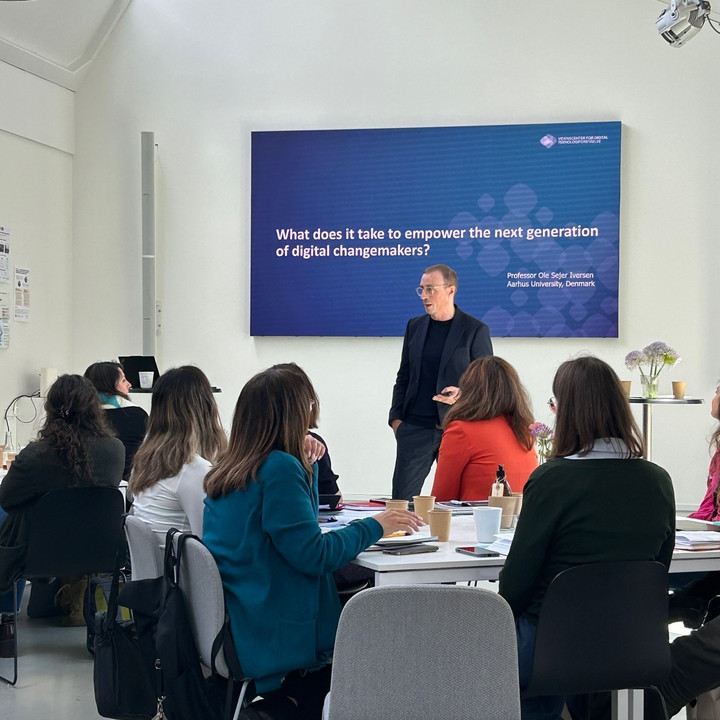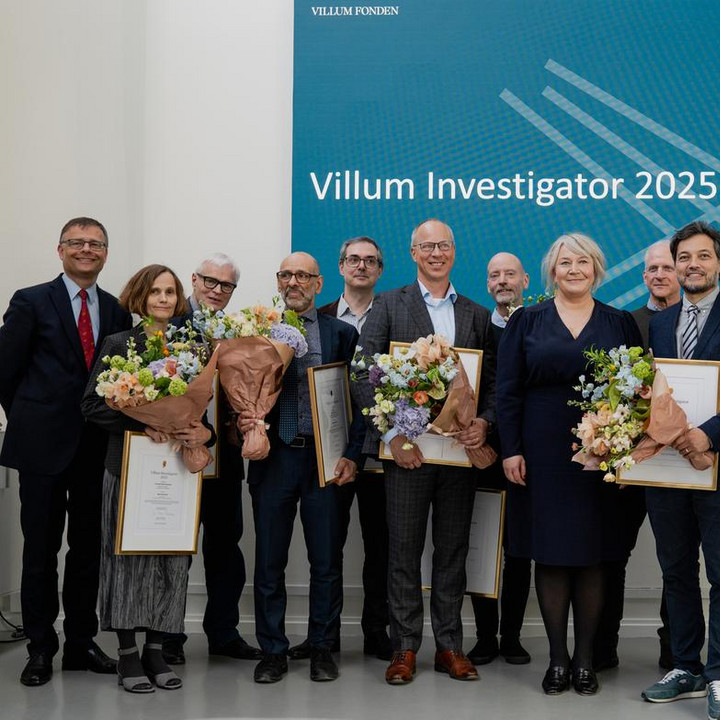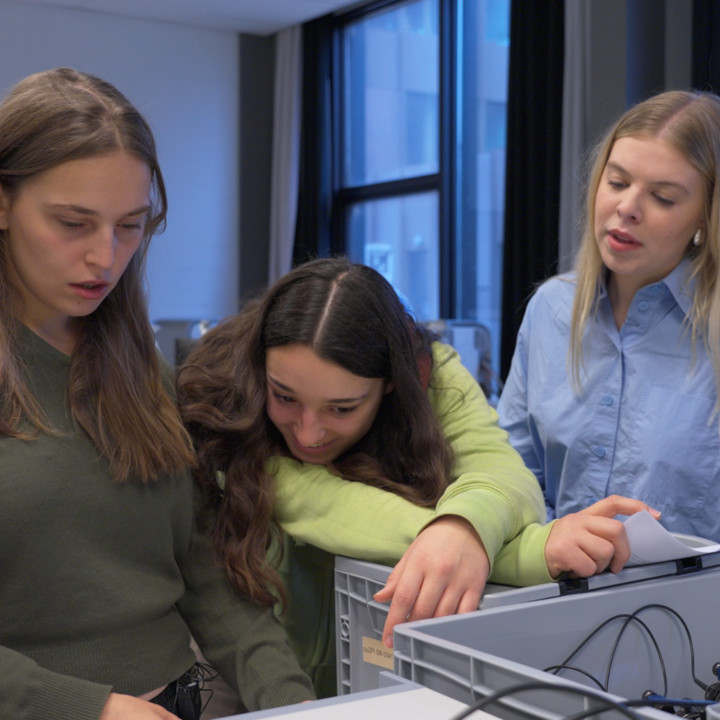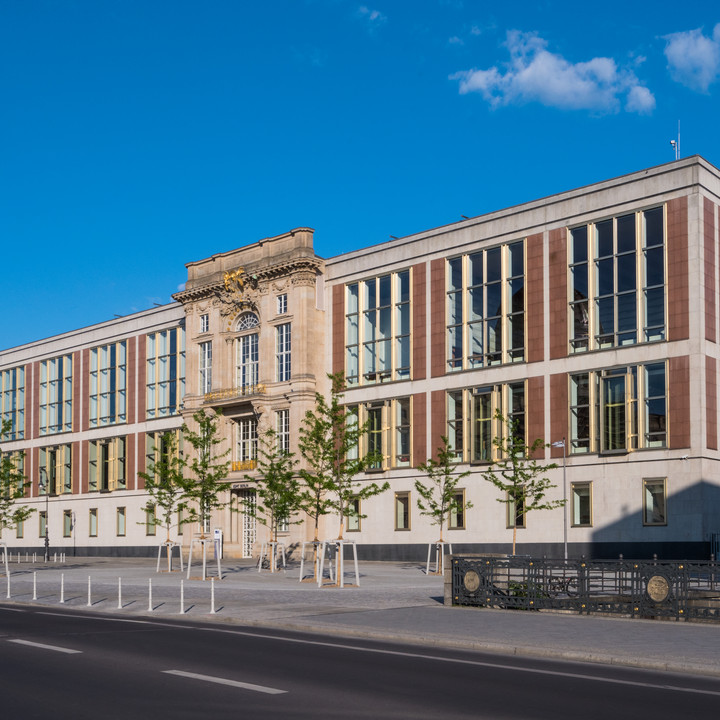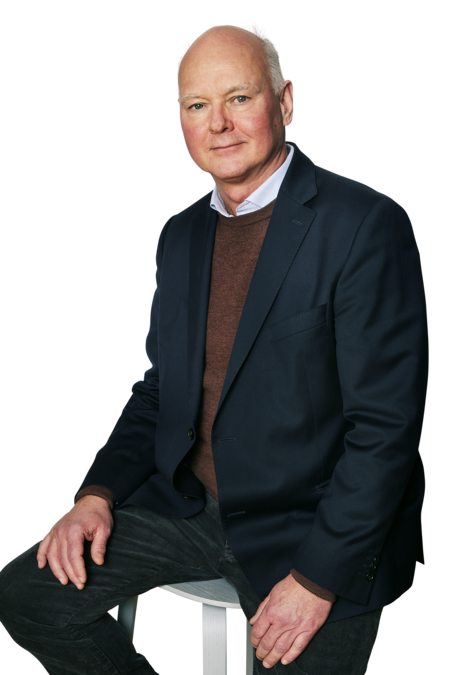Master of light receives the Annual Award
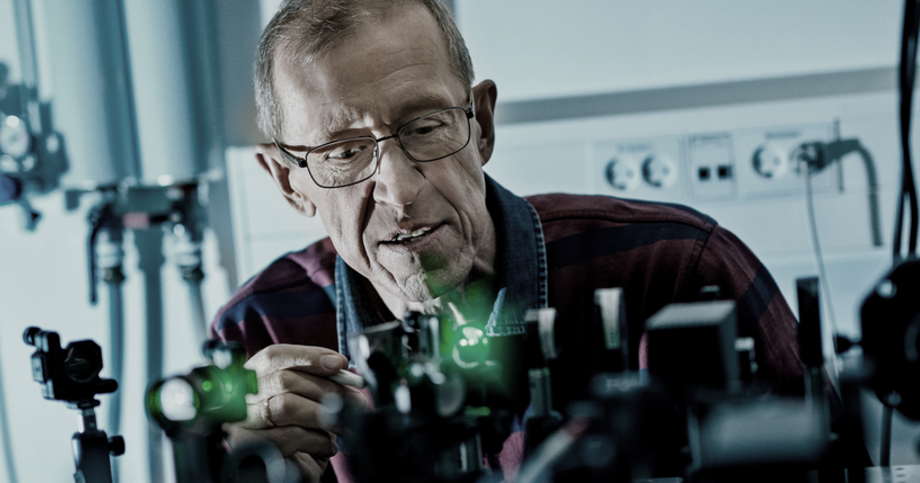
Sergey I. Bozhevolnyi has established himself as a world-leading researcher focusing on the interaction of light with nanostructures and the control of light at the subwavelength scale.
As the founding father of nanooptics on the international scene and affiliated with Danish universities for more than 25 years, Sergey I. Bozhevolnyi has made a significant contribution to Danish science.
About Sergey I. Bozhevolnyi
- Born in 1955 in Russia
- M. Sc. in Physics (1978) (Quant. Electronics), Moscow Institute of Physics and Technology, Russia
- Ph.D. in Physics (1981) (Integrated Optics), Moscow Institute of Physics and Technology, Russia
-
Relocated to Denmark in 1991
-
Dr. Scient. (1998) (Near-Field Optics), University of Aarhus, Denmark
- Assistant Professor (1992-1994), Associate Professor (1994-2002) and Professor (2003-2010), Aalborg University
- Associate Research Professor (1998-1999), Technical University of Denmark
- Professor and Head of the Centre for SDU Nano Optics, Mads Clausen Institute, University of Southern Denmark (2008-present).
“We are proud to be able to recognise as brilliant a researcher as Sergey I Bozhevolnyi. His ability to carry out world-class basic research has given rise to a wealth of applications that may prove critical for the development of new nano and quantum technologies. There is good reason to be proud that Professor Bozhevolnyi has chosen to carry out his research at Danish universities,” says Jens Kann-Rasmussen, Chair, VILLUM FONDEN.
Highly cited pioneer and master of light
Professor Sergey I. Bozhevolnyi has transformed his specific field of research through a series of groundbreaking papers. When he began his research in the late 1990s, only a handful of papers about nano-optics had been published.
Today, more than 5,000 papers about the topic are published each year, many of which cite Professor Bozhevolnyi’s publications, and which is why he, for the second year running, is ranked by Clarivate Analytics as one of the world’s most cited researchers. He is truly a pioneer and master of light.
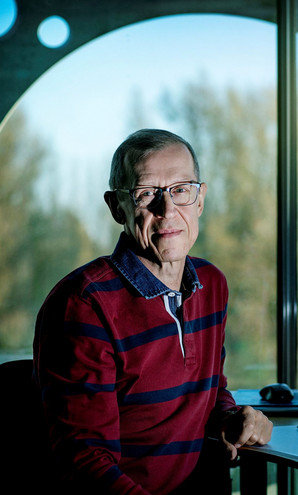
“I am grateful for this tremendous accolade, and honoured to be added to the long list of excellent researchers who received the Annual Award before me. This is something I never imagined would happen when I came to Denmark 27 years ago,” Professor Bozhevolnyi says.
Solar panels, nanocolours and quantum computingSergey I. Bozhevolnyi’s research has paved the way for remarkable new phenomena and possibilities in the development of nanophotonic components.
The projects he and his research team at SDU Nano Optics are working on include using metallic nanostructures as a highly efficient means of converting light into electricity. Their findings could lead to the development of a new way to make solar panels.
Their research has also broken new ground when it comes to controlling circuits at the nanoscale, which could prove decisive for the development of quantum computing.
“Information is sent over the internet at the speed of light, but your computer processes it with slow electronic circuits. That creates a bottleneck we are trying to eliminate,” Professor Bozhevolnyi says.
Professor Bozhevolnyi’s research has also shown new ways of colouring without dye or pigment using nanostructures to induce structural colours. Structural colouring is the production of colour by surfaces that have microstructure fine enough to interfere with visible light – a process seen in nature in peacock feathers and butterfly wings.
With a resolution of over 100,000 pixels per inch, this process has an endless number of potential applications, including massively reducing the amount of space it takes to store large amounts of data.
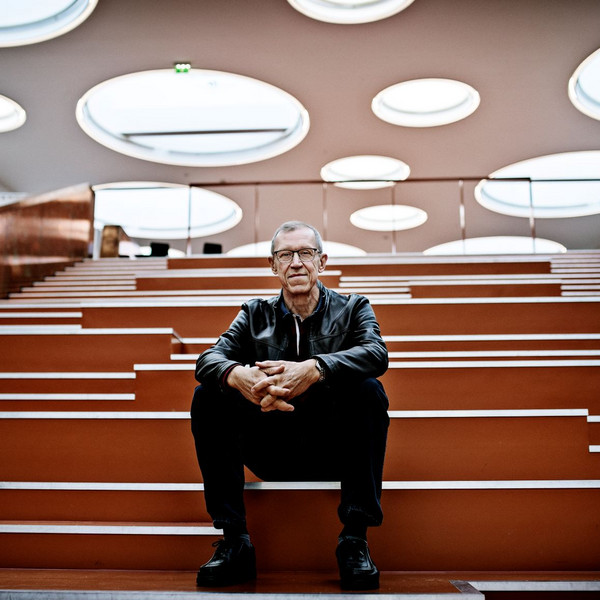
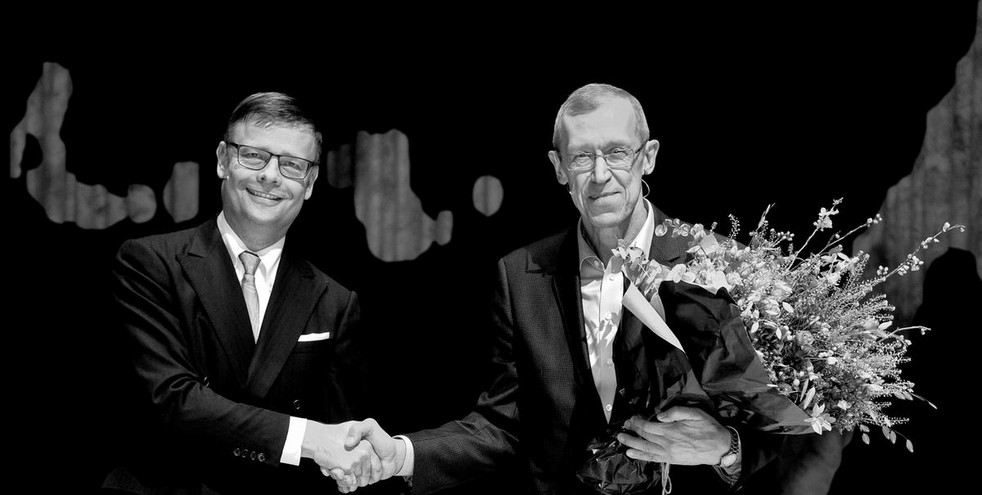
Watch a video portrait here
The Annual Award in recognition of a particularly valuable contribution
